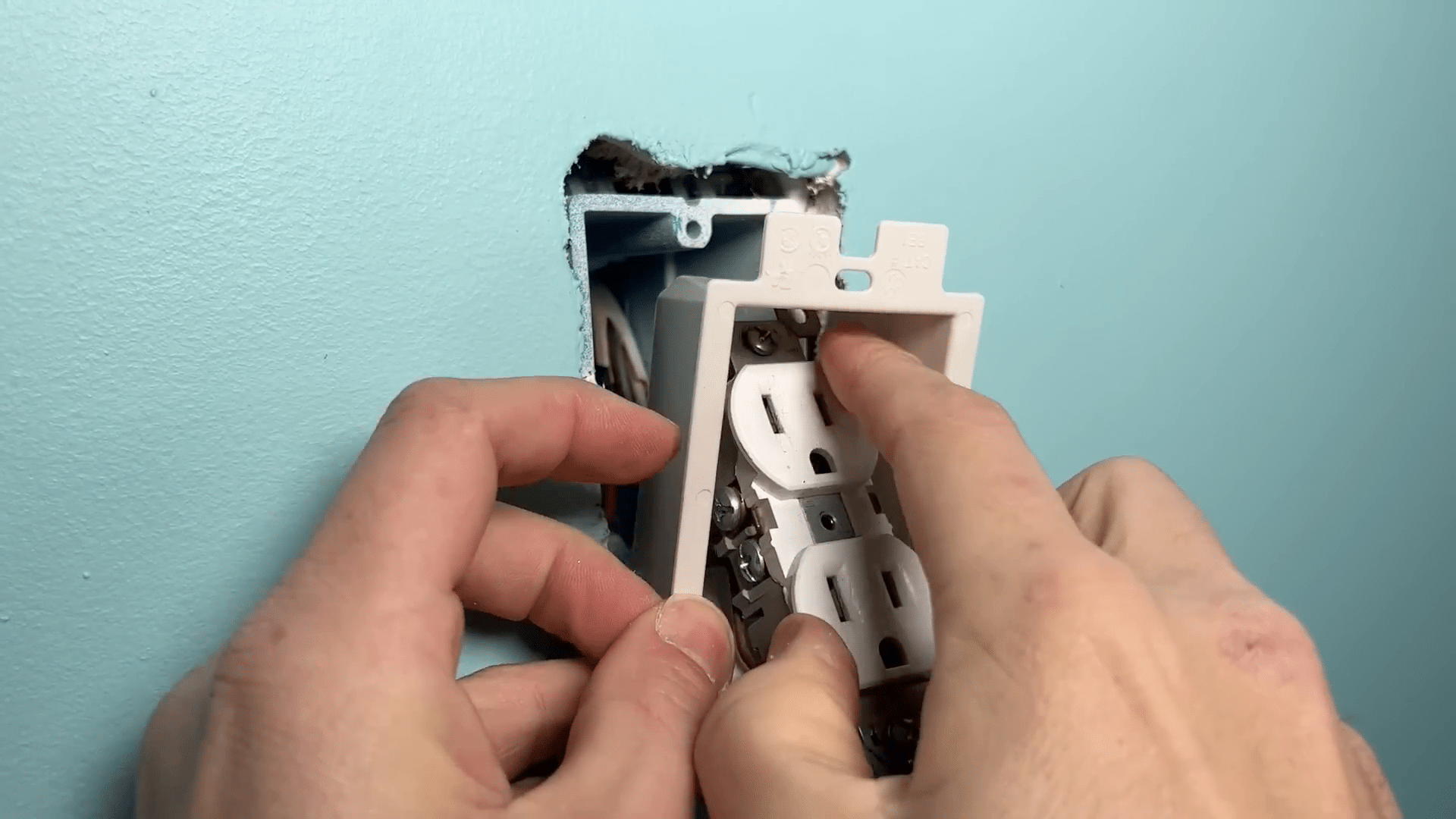Fixing Sunken Electrical Outlets in Older Homes: Safety, Compliance, and Aesthetic Solutions
Home » Electrical »
Common Problems with Electrical Outlets in Older Homes
Many old homes, like those built in the early 1900s, often encounter an issue where electrical outlets or light switches are recessed too far into the wall. This problem is not just aesthetic but can also be a safety hazard and may lead to non-compliance with electrical codes. Additionally, similar issues can arise in newer homes, for instance, after installing a backsplash that causes the outlets to sink back from the wall surface.
Identifying the Cause of Sunken Outlets
The main reason for sunken outlets typically relates to the positioning of the electrical box within the wall. In some cases, the box may have been installed too far back during initial construction or rewiring. Alternatively, modifications to the wall, such as the addition of tiles or thicker drywall, can cause the box to become recessed. Modern electrical boxes usually have adjustable reference tabs that help ensure they protrude the correct distance from the wall stud, facilitating proper alignment with the wall surface.
Safe and Effective Solutions to Fix Sunken Outlets
Correcting a sunken outlet involves a few steps. First, ensure the power is off by switching off the circuit breaker and using an outlet tester to confirm no current. If the outlet box is too deep in the wall, spacers can be added between the box and the outlet or switch to bring it forward. These spacers are stackable, allowing for precise adjustment to match the wall surface. However, it’s crucial not to exceed a 3/8 inch extension to avoid potential code violations or safety issues.
Code Compliance and Using Inserts
In scenarios where the box cannot be sufficiently adjusted with spacers alone, or if there is an overcut in the drywall around the box, replacing the current box with an old work box could be necessary. Old work boxes are designed to be installed after the wall surface is finished and have internal mounting mechanisms that clamp onto the drywall. This method not only helps in maintaining code compliance by covering exposed areas but also enhances safety by securing electrical connections away from combustible materials.
Additional Tips for Managing Outlet Installations
When addressing electrical outlets, it’s beneficial to have longer mounting screws and a wire stripper handy. These tools help in customizing screw lengths to accommodate the added depth from spacers or new boxes. Moreover, in cases of significant wall damage around the outlet, larger wall plates can be used to cover imperfections, avoiding the need for immediate drywall repair. These plates come in various sizes, providing flexibility in achieving a clean finish without extensive modifications.
Ensuring Safety and Aesthetics with Proper Installation
After adjusting the outlet’s position and securing it with the appropriate screws, it’s advisable to check the alignment with a wall plate to ensure a flush and aesthetically pleasing fit. If the outlet adjustments expose any part of the outlet or wiring, specific inserts are available that encapsulate the electrical components, particularly the live parts, to prevent direct exposure to potentially combustible materials. This encapsulation is crucial for meeting safety standards and maintaining code compliance, especially in areas with strict electrical regulations.
Final Adjustments and Considerations
To conclude the adjustments, a larger wall plate might be necessary to cover any remaining gaps or exposed areas around the outlet. This approach not only ensures safety but also enhances the visual appeal of the installation area. Always remember to check local codes for compliance and consult a professional if unsure about the correct procedures or materials to use for electrical installations. Properly addressing these common issues not only enhances the functionality and safety of your home’s electrical system but also preserves the integrity of its historical architecture.
While DIY projects can be satisfying, they require careful attention to detail and adherence to safety standards to ensure that modifications are both effective and secure. Whether you’re dealing with a quaint old home or modernizing a newer residence, managing your electrical systems properly is crucial for both safety and compliance.










